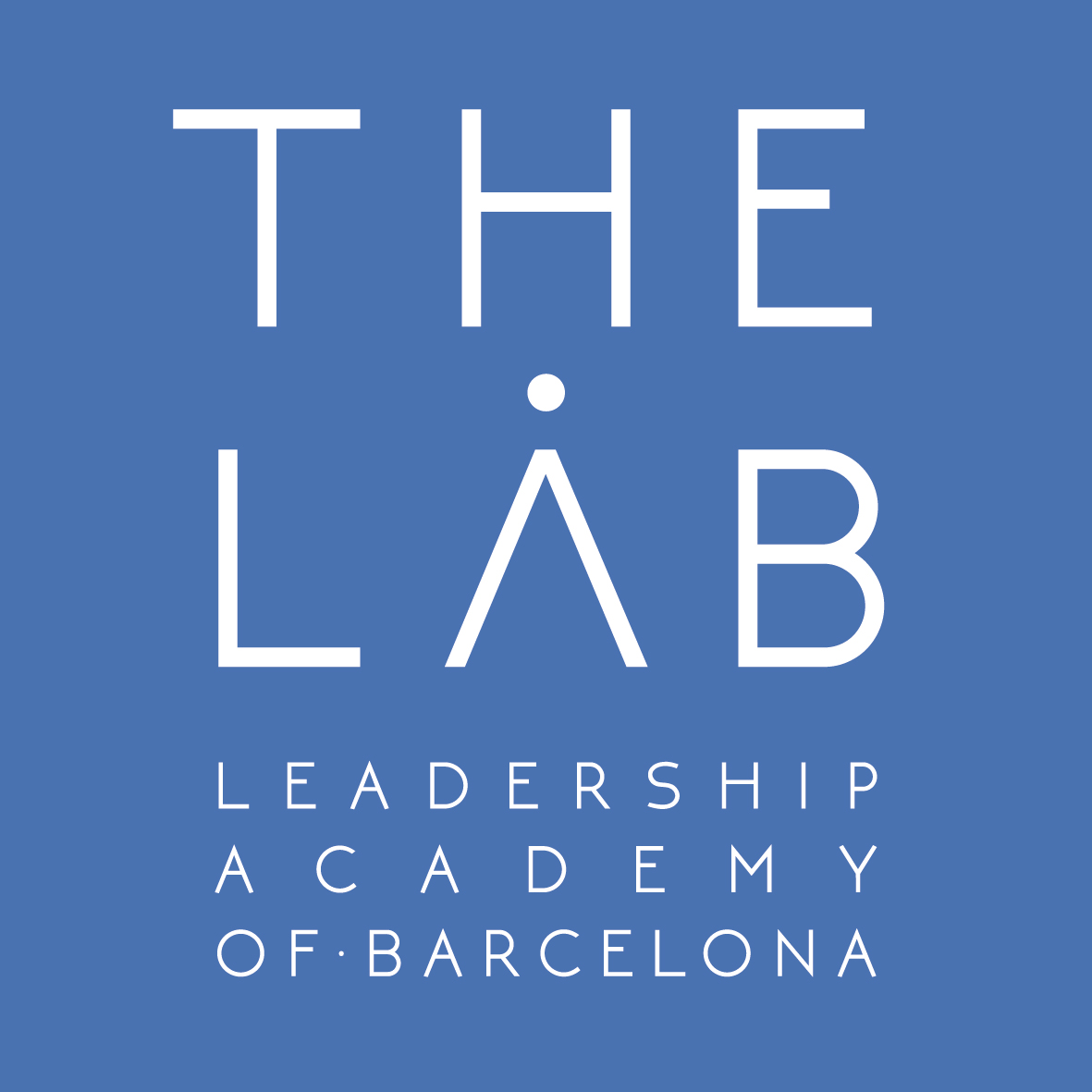The 2016 season of programs begins at Universitas Telefónica this week where we have been in-residence since 2012, delivering over 500 sessions to over 10.000 people. This year we count on a team of 6 to deliver content in health, change, and design thinking. During March I'll be blogging on some of our memorable experiences since 2012. This 'Tales from Universitas' series will culminate at the end of the month with a special announcement...
In this first post, we look at the Chinese Walk, or as many Universitas alumni will know it, El Camino Chino.
Nutrition, in the form of the FUEL element that we look at in the coming weeks, is a key part of the SEP model. Leading organisations around the world, including Google, are increasingly looking at how eating habits within the workplace affect health, wellbeing and work performance. One of the key factors is to consider not only what we eat, the typical focus of much diet-related advice, but also how we eat and when we eat, broadening the eating experience to include associated activities. When combining with movement we uncover significant value for weight management. Let's look closer.
Walking after a meal can be beneficial for health. As a practice, it is nothing new, with anecdotal benefits tracing back hundreds of years, yet I started looking into the science behind the practice in greater detail after an experience at Universitas Telefónica in mid-2012.
We had a welcome celebration dinner for an executive training program where the participants came from different parts of Telefónica—half from Europe and Latin America and the other half from China Unicom, with whom Telefónica had a joint venture at the time. It was quite a formal, yet enjoyable, affair, with welcome speeches, drinks, and conversations, and the Chinese business culture of copious alcohol consumption well to the fore! It was my first awareness of the importance of alcohol in Chinese business etiquette, where one must not merely take a sip of one’s glass with a neighbouring dinner companion during the celebratory toast or cheers, but rather drink the full amount after touching glasses, and with all guests at the dinner, not just the table.
Enquiring as to the health dangers for senior executives who may have to attend business dinners on a regular basis, they told me that members of the C-suite often have a personal assistant, who is basically a drinker. Wow, I thought at the time, what a fantastic job for a Scotsman!
At the end of the meal, the Chinese party, of around 40, got up as one and went for a walk around the campus—of around 1–2 miles. Everyone else went to the bar! I then said this to the rest of the Telefónica group, chiding them on their more unhealthy choice. They replied,
“No, no, the Chinese people weren’t going for a walk! They were just looking for the bar; they didn’t know where it was!”
Jokes apart, I see this practice all the time. I usually travel to Shanghai three or four times a year, and it’s a real part of the Chinese culture. After lunch or dinner, a walk is common practice. Let me explain the science behind this.
When we eat, our body’s metabolism fires up. The body basically looks to absorb the nutrients and energy—fuel, let’s say—of the food. Our body doesn’t know the exact minute that we stop eating and so continues in this higher rate of metabolism for another 30–40 minutes. This is called the Thermic Effect of Food, which according to Juliette and Michael McGannon in the excellent Fit for the Fast Track has a synergistic effect with low-grade physical activity, thereby converting this 30–40 minute period into a window of opportunity. By walking in this window, you can triple the calorie-burning effect. For example, by walking for 10 minutes in the period after having had lunch or dinner, when you go back to your office to kill some emails, or drop on the sofa to watch some TV, you will continue burning calories at that higher rate for the duration of the walk multiplied by 3, so in this case, 30 minutes. It’s simply a metabolic walk, which I call the Chinese Walk in honor of my Chinese friends.
It is another example of modern science backing up ancient wisdom. It’s nothing new, particularly in China where a well-known Confucius proverb is:
Walk 100 steps after a meal and you’ll live to be 99 years old
Even though ancient wisdom has shown the way long before, modern science-based reminders are useful for a culture that tends to discount the past and its customs as being out of date and of no value. Further modern science-based reminders include 2013 research in Diabetes Care that showed the benefit of walking after a meal for older cohorts in terms of their control of insulin in the body, which given the worldwide pandemic of Type 2 Diabetes, mostly due to lifestyle factors, is a quick, powerful win for simple and sustainable change. And allowing such changes to flourish within an organisational culture will derive significant value for the business.
So like many of the several thousand who have passed through Universitas Telefónica since 2012, give the Chinese Walk a try, and let me know if it makes a difference.

